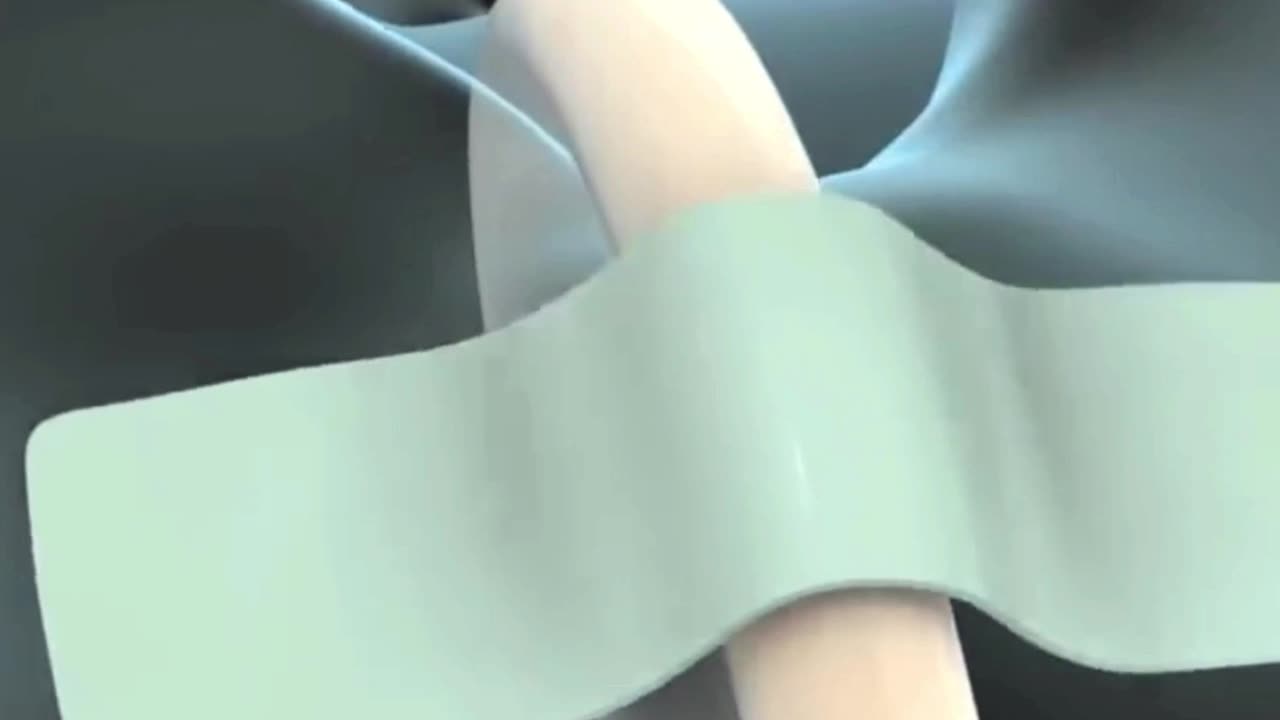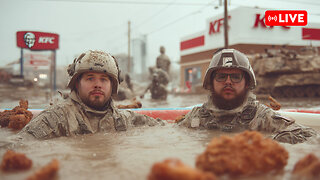Premium Only Content

Intubation and endotracheal tube ETT
Intubation and Endotracheal Tubes
Intubation is a medical procedure that involves inserting a tube into a patient's airway to ensure they can breathe properly. This process is commonly performed in emergencies, surgeries, or when a patient cannot breathe independently due to illness or injury.
What is Intubation?
Intubation involves placing a flexible tube, called an endotracheal tube (ET tube), through the mouth or nose and into the trachea (windpipe). This tube helps keep the airway open and delivers oxygen, anesthetic gases, or other medications directly to the lungs.
When is Intubation Necessary?
Intubation is often required in the following situations:
- Respiratory Failure: When a patient cannot breathe adequately.
- Surgery: To maintain an open airway and avoid aspiration during anesthesia.
- Severe Infections, such as pneumonia or COVID-19, can impair breathing.
- Trauma: Injuries to the head, neck, or chest that obstruct the airway.
- Overdose: When drug overdose causes respiratory depression.
The Intubation Procedure
1. Preparation: The patient is usually given medication to sedate them and prevent pain. Vital signs are monitored closely.
2. Positioning: The patient's head is tilted back to open the airway. A laryngoscope, a unique instrument with a light, is used to view the throat and guide the tube.
3. Insertion: The endotracheal tube is carefully inserted through the mouth or nose, past the vocal cords, and into the trachea.
4. Confirmation: The tube placement is confirmed by listening to breath sounds, checking chest movement, and using devices like a capnograph to measure carbon dioxide levels.
5. Securing the Tube
Types of Endotracheal Tubes
- Oral Endotracheal Tube: Inserted through the mouth.
- Nasal Endotracheal Tube: Inserted through the nose, often used when oral access is difficult.
- Cuffed Endotracheal Tube: A balloon-like cuff near the tip inflates to seal the trachea, preventing air leaks and aspiration.
- Uncuffed Endotracheal Tube: Lacks a cuff and is often used in children.
Risks and Complications
While intubation is a life-saving procedure, it carries some risks, including:
- Infection: Increased risk of pneumonia or other infections.
- Injury: Damage to the teeth, vocal cords, or trachea.
- Misplacement: Incorrect tube placement can lead to inadequate ventilation.
www.MedicalArtsShop.com
-
 1:17:35
1:17:35
Man in America
10 hours agoIs Starlink RIPPING Us Apart from the Inside Out? w/ Cory Hillis
32.3K12 -
 55:40
55:40
TheSaltyCracker
4 hours agoIdiots Chug Tylenol PT2 ReeEEStream 9-24-25
80.1K202 -
 LIVE
LIVE
Akademiks
5 hours agoYoung Thug Dissing YFN Lucci. Ready to Go back to Jail. Offset vs Cardi b
1,170 watching -
 7:07
7:07
Colion Noir
13 hours agoCalifornia Just Banned All Glocks
38.4K32 -

Adam Does Movies
6 hours ago $0.90 earnedTalking Movies + Ask Me Anything - LIVE
29.6K1 -

Jamie Kennedy
4 hours agoChoosing Good in a World Gone Dark | Ep 223 HTBITY with Jamie Kennedy
27.3K5 -
 LIVE
LIVE
SpartakusLIVE
7 hours ago#1 Challenge CHAMPION of WZ || Ridin' The GRAVY Train w/ GloryJean
376 watching -

The Pascal Show
3 hours ago $1.09 earnedDISTURBING UPDATES! New Developments In The D4vd Celeste Case... Possible Celeste Sighting?!
25.8K2 -
 2:03:18
2:03:18
The Charlie Kirk Show
6 hours agoTPUSA Presents This is The Turning Point Tour LIVE with Megyn Kelly and Governor Glenn Youngkin!!
229K63 -
 1:37:35
1:37:35
Badlands Media
21 hours agoAltered State S3 Ep. 47: Epstein, DOJ Whistleblowers, and Trump’s Tightrope
47.5K8